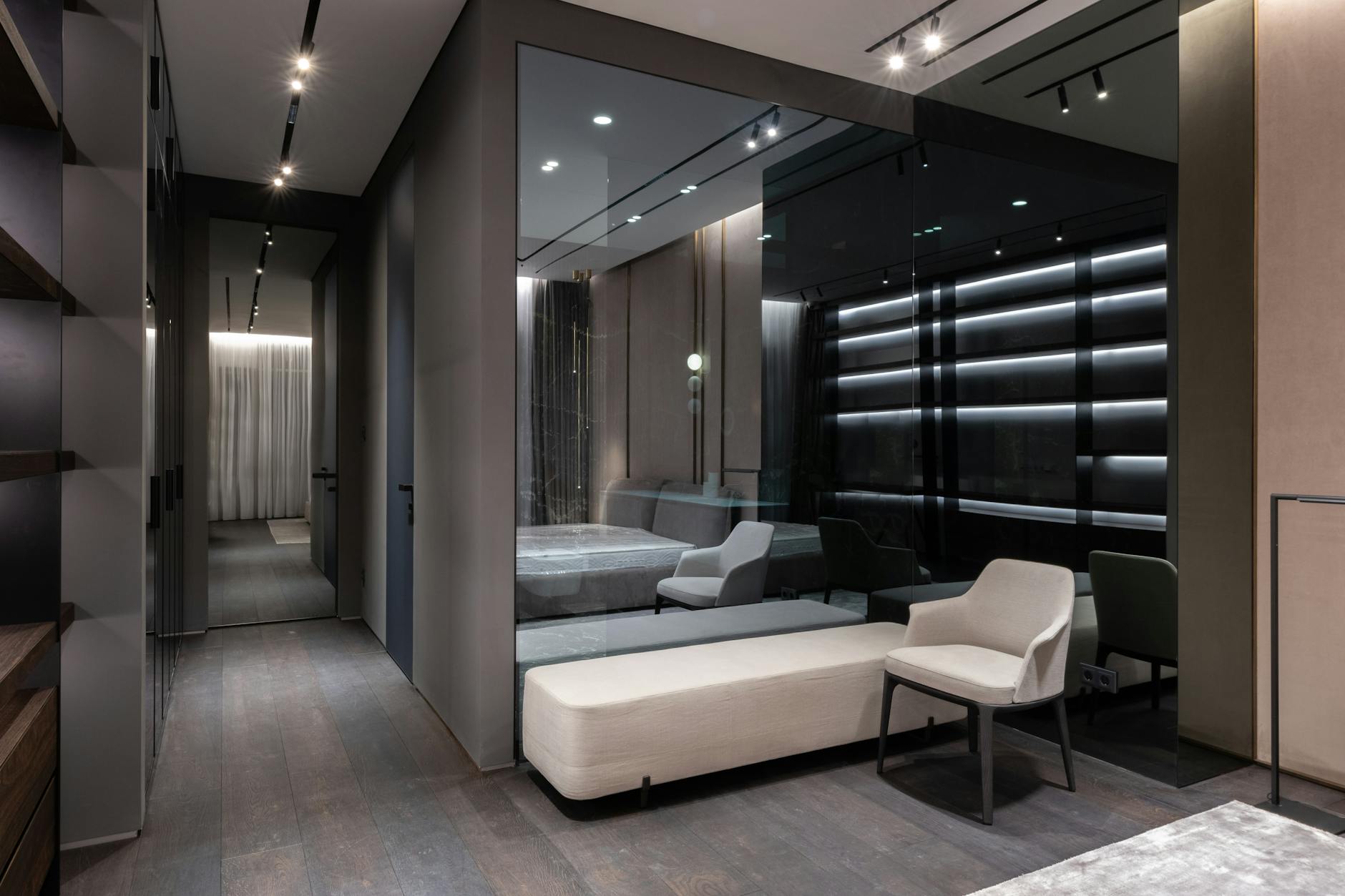Choosing the right floor lamp and placing it thoughtfully can dramatically change your living room’s ambiance and functionality. This guide will help you illuminate your space perfectly.
Understanding Your Living Room
Before selecting a floor lamp, consider your living room’s size, existing furniture arrangement, and overall style. A large living room might accommodate a taller, statement lamp, while a smaller space may benefit from a more compact and subtly designed one. 
Types of Floor Lamps
From arc lamps to tripod lamps, the variety is vast! Arc lamps are great for casting light over a wide area, while torchiere lamps are ideal for uplighting. Consider the style that best complements your existing decor. Think about whether you need a lamp with a reading light feature or a more ambient glow.
Finding the Right Height
The height of your floor lamp is crucial. It shouldn’t obstruct walkways or block views. A good rule of thumb is to select a lamp whose shade’s bottom is roughly eye-level when seated on your sofa or favorite armchair. Too low, and it’s ineffective; too high, and it feels overwhelming. 
Strategic Placement for Ambiance
Consider the focal point of your living room. You might place a floor lamp to highlight a fireplace, a bookshelf, or an interesting piece of art. Experiment with different locations to find the most visually appealing and functional placement. Consider the direction the light is cast; uplighting creates a different mood than downlighting.
Placement for Reading
If you plan on using the lamp for reading, position it to the side of your seating area, providing sufficient light without casting shadows directly onto your book. A task lamp with adjustable features can be particularly useful here. 
Considering the Light Source
Different bulbs create different atmospheres. Warm-toned bulbs (2700K-3000K) offer a cozy and inviting ambiance, while cooler-toned bulbs (5000K-6500K) provide brighter, more energizing light. Explore different bulb types like LEDs for energy efficiency and halogen for a brighter, crisper light. You can even opt for smart bulbs to control brightness and color temperature remotely.
Working with Existing Lighting
Don’t forget to consider your existing lighting. A floor lamp shouldn’t compete with an overhead fixture but rather complement it. Think about layering light sources to create a multi-dimensional and well-lit space. This will also prevent dark corners and make your living room more inviting.
Final Touches
Once you’ve placed your floor lamp, step back and assess the overall effect. Does it enhance the room’s ambiance? Is the lighting sufficient and comfortable? You may need to adjust the placement slightly to achieve the perfect balance. Consider adding decorative elements around the base of your lamp for extra style.
With careful planning and consideration, your floor lamp can transform your living room from dimly lit to beautifully illuminated. Experiment, adjust, and enjoy the process!
Frequently Asked Questions
What type of bulb is best for a floor lamp? The best bulb type depends on your needs. LEDs are energy-efficient and long-lasting, while halogens offer brighter light. Consider the color temperature (warm or cool) to match your desired ambiance.
How many floor lamps do I need in my living room? The number of floor lamps depends on the size of your living room and your lighting needs. A large living room may benefit from multiple lamps for layered lighting, while a smaller space might only need one.
Can I use a floor lamp as my main light source? While a floor lamp can provide significant light, it’s generally not recommended as the sole light source in a living room. It’s best to use it as a supplementary light source in combination with overhead lighting or other lamps.
How far should a floor lamp be from the sofa? The distance between a floor lamp and sofa depends on the lamp’s height and the desired level of illumination. As a general rule, it is usually best to keep it within arm’s reach while seated.





